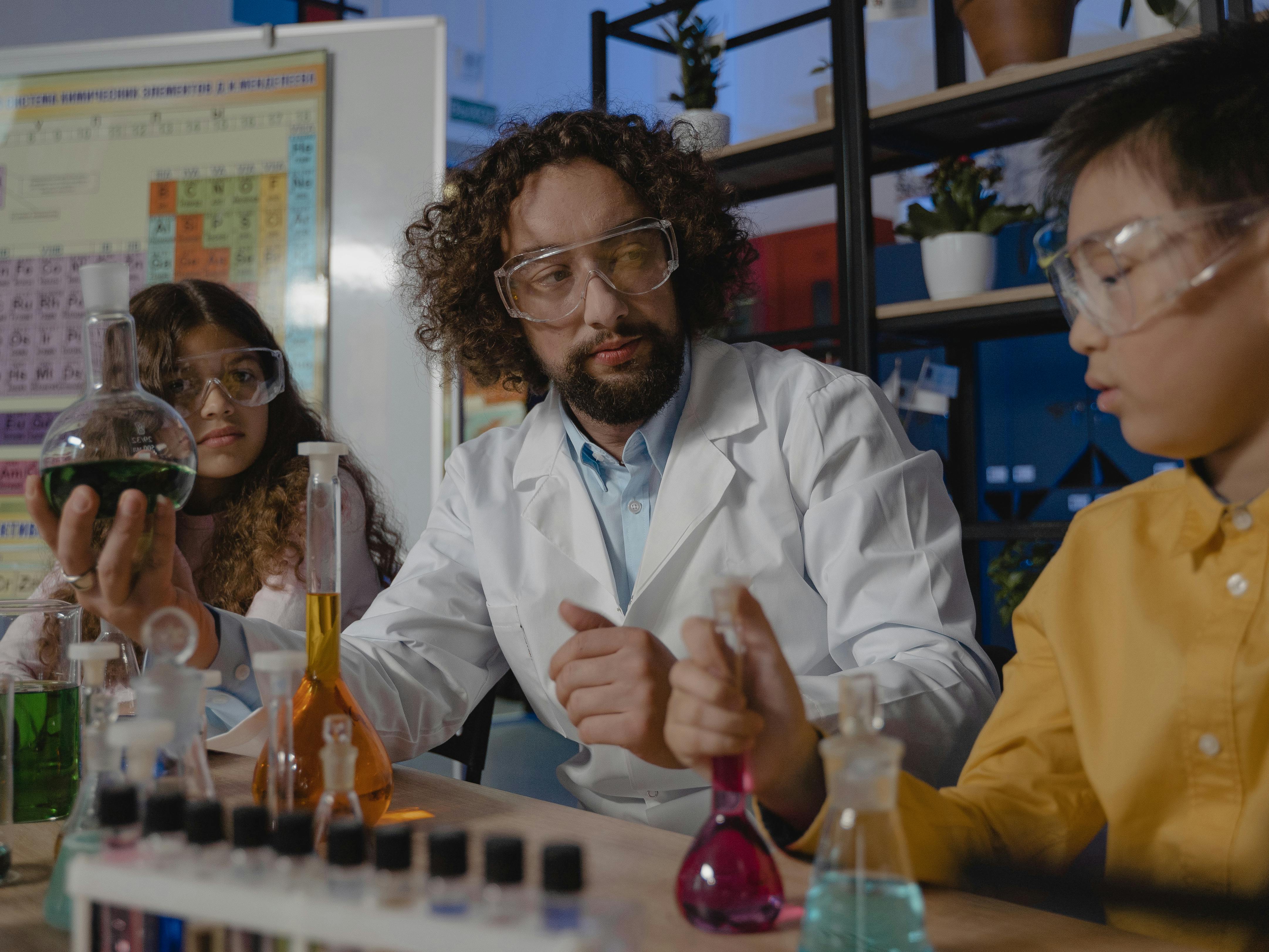Top Science Movies for Middle School Students to Inspire Learning
Science movies for middle school students serve as a powerful tool to spark curiosity and deepen understanding of complex scientific concepts. In today’s digital age, integrating visual media into education can significantly enhance engagement and retention. This article explores a curated selection of science films that cater specifically to middle school audiences, while providing educators and parents with strategies to maximize their educational value.

Understanding the Fundamentals
Introducing science movies to middle school students aligns with modern educational strategies that emphasize experiential learning. These films offer vivid demonstrations of scientific principles that might otherwise be abstract or challenging to visualize. Historically, educational cinema has evolved from simple instructional clips to dynamic storytelling tools that captivate young learners’ attention.
Understanding this evolution helps educators select the right science movies for middle school students to ensure lessons are not only informative but also engaging. Think of science films as virtual laboratories where students observe phenomena in action, bridging theory with tangible examples.
1.1 Importance of Visual Learning in Science
Visual learning enhances comprehension and memory retention. Studies show that students exposed to multimedia content score higher in science assessments than those relying solely on textbooks. Science movies combine visuals, narration, and demonstrations to appeal to diverse learning styles.
For example, a film about ecosystems can show predator-prey relationships in ways textbooks cannot. This immersive experience fosters deeper understanding and encourages critical thinking, debunking the misconception that movies are mere entertainment.
1.2 Role of Storytelling in Science Movies
Storytelling transforms scientific facts into memorable narratives. Unlike traditional lectures, stories in science movies provide context, making abstract concepts relatable. For middle school students, this narrative approach keeps them engaged while facilitating better absorption of material.
Consider films that follow a scientist’s journey or depict historical breakthroughs. These stories humanize science and inspire students to see themselves as future innovators, enriching their motivation and curiosity.
Practical Implementation Guide
Knowing the educational value of science movies is just the first step. Applying this knowledge effectively requires careful planning and purposeful integration into the curriculum. With clear goals, educators can transform movie-watching into an active learning process.

2.1 Actionable Steps
- Select appropriate films: Choose movies that align with your curriculum topics such as biology, physics, or environmental science.
- Prepare guided questions: Develop discussion prompts to encourage critical thinking before, during, and after viewing.
- Incorporate follow-up activities: Use experiments, quizzes, or projects based on the film’s content to reinforce learning.
2.2 Overcoming Challenges
Despite their benefits, integrating science movies can face obstacles such as limited access to resources, time constraints, or varying student engagement levels. Common challenges include:
- Technical difficulties with media equipment
- Distraction during film viewing
- Balancing screen time with hands-on activities
To address these, educators should test equipment in advance, set clear viewing expectations, and mix movies with interactive lessons. Expert tips include breaking films into shorter segments and facilitating group discussions to maintain focus and participation.
Advanced Applications
Once students are familiar with basic scientific concepts through movies, educators can introduce advanced applications. These include analyzing scientific accuracy, exploring ethical questions raised by science fiction, and connecting films to real-world research.

3.1 Critical Analysis of Science in Movies
Teaching students to critically evaluate the science portrayed in movies promotes higher-order thinking skills. By comparing cinematic depictions with actual scientific principles, students learn to discern fact from fiction, enhancing media literacy.
For instance, discussing the feasibility of space travel technology shown in a sci-fi film can lead to exciting debates and research projects, broadening their understanding of current scientific challenges and innovations.
3.2 Integration with STEM Curriculum
Advanced application involves weaving science movies into STEM (Science, Technology, Engineering, and Mathematics) curricula. This integration supports cross-disciplinary learning by linking scientific concepts with technology and engineering design principles demonstrated in films.
Such integration enables students to apply knowledge in practical contexts, encouraging problem-solving and creativity. It also prepares them for future academic and career pursuits in STEM fields.
Future Outlook
The future of science education for middle school students is increasingly intertwined with multimedia and technology. Emerging trends include interactive movies, augmented reality (AR) experiences, and virtual reality (VR) labs that enhance immersion and participation.
Industry projections suggest that these innovations will become mainstream in classrooms within the next five years, making it crucial for educators to adapt early. By embracing these tools, teachers can offer students richer, more personalized learning experiences that prepare them for a rapidly evolving scientific landscape.
Conclusion
In summary, science movies for middle school students are an invaluable resource for fostering engagement, understanding, and enthusiasm for STEM subjects. They combine visual storytelling with educational content to create memorable learning experiences. Educators who strategically implement these films can overcome challenges and unlock their full potential.
Moving forward, integrating science movies with hands-on activities and critical discussions will maximize their impact. For parents and teachers alike, embracing this multimedia approach offers a pathway to inspire the next generation of scientists and innovators.
Frequently Asked Questions
- Q: What are the best types of science movies for middle school students? Educational documentaries and age-appropriate science fiction movies that clearly illustrate scientific principles are best for middle school audiences.
- Q: How can I start incorporating science movies into my teaching? Begin by selecting films related to your current topics, preparing discussion questions, and planning follow-up activities to reinforce learning.
- Q: How much time should be allocated for watching science movies? Ideally, split viewing into 20-30 minute segments with discussions or activities in between to maintain engagement and deepen understanding.
- Q: Are science movies expensive to access? Many science films are freely available through educational platforms, libraries, or streaming services, but some may require a purchase or subscription.
- Q: How do science movies compare to traditional textbooks? Movies provide dynamic, visual learning experiences that complement textbooks by making abstract concepts tangible and engaging.
- Q: Are science movies difficult for middle school students to understand? Selecting age-appropriate films with clear explanations ensures accessibility; supplementing with teacher guidance improves comprehension.
- Q: Can science movies be tailored to specific science subjects? Yes, there are specialized films focusing on biology, chemistry, physics, environmental science, and technology to align with curriculum goals.
